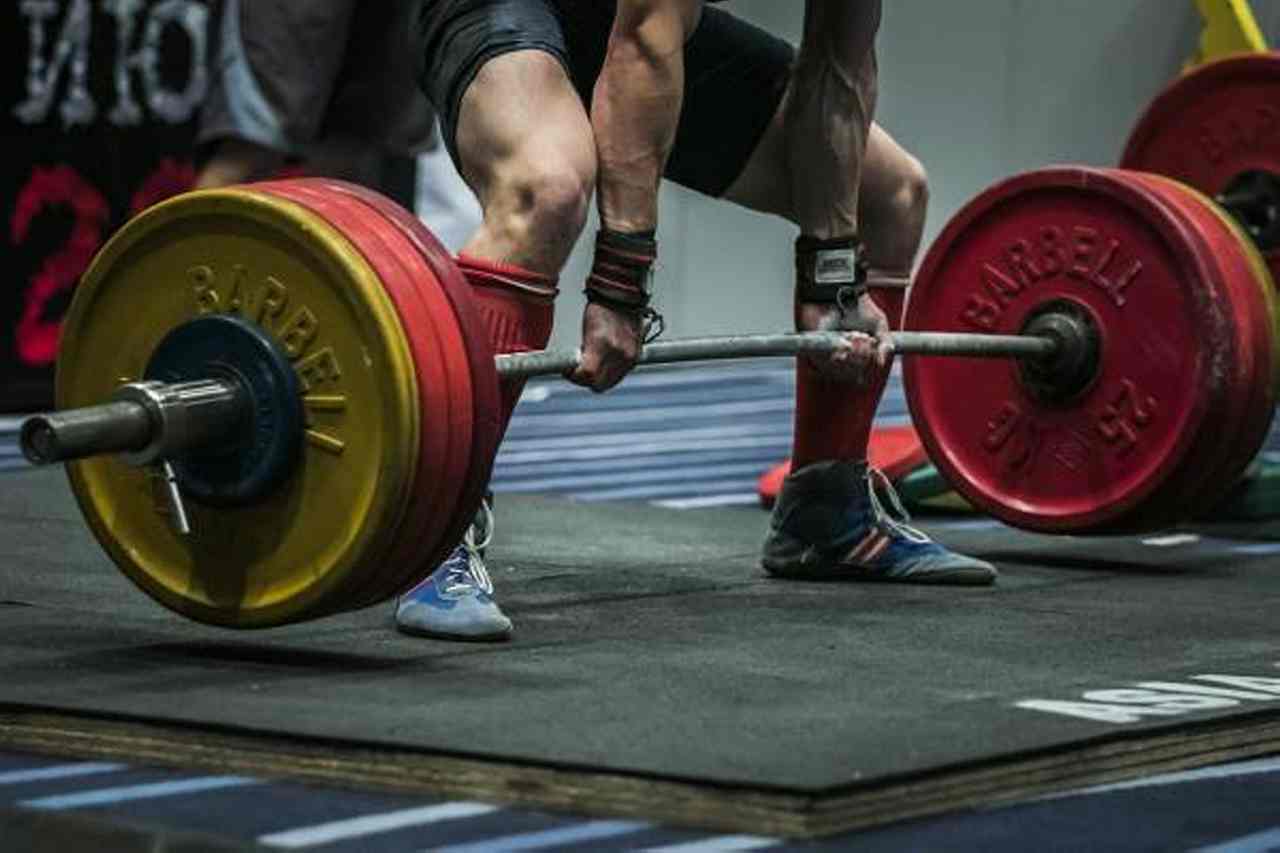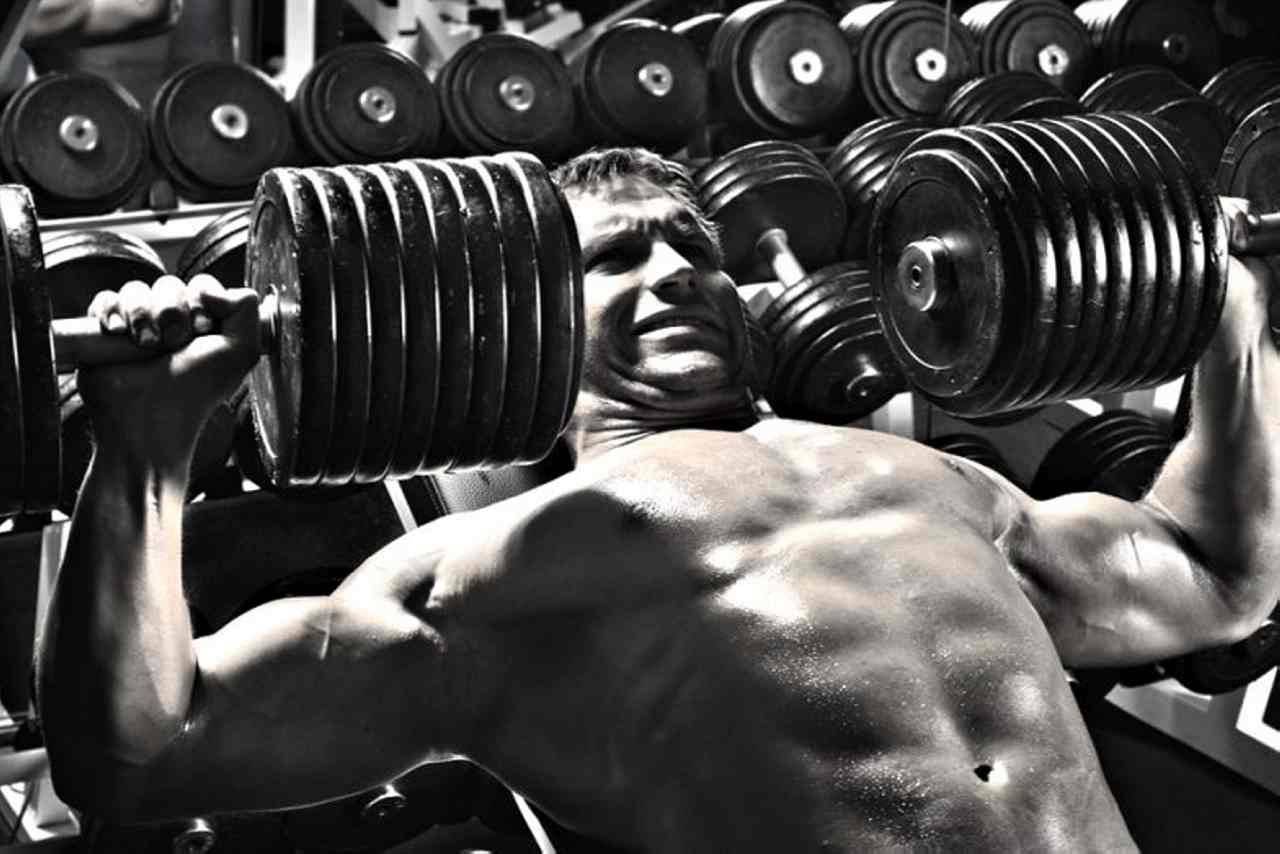You are reading this because you are looking for new ways to get stronger, increase muscle mass, and safeguard against injuries.
I am all about using basic exercises and a variety of overload protocols (set-rep-resistance specifics), expending maximum physical effort to create a demand on your existing musculature, and allowing enough rest time between training sessions to realize results. That is an undisputable formula.
I am offering you three productive strength training workouts that get fantastic results provided you follow their procedures exactly as prescribed. Here’s what you need to do:
Go All-Out on Each Set
Perform as many repetitions as possible using exceptional form. Only abort the exercise when you cannot perform another repetition safely. This will require a competent training partner on certain free weight exercises.
“If you work hard, recover hard. Allow your body to fill in the hole (overload created) and build a mound (adaptation) over time.”
Some may argue that going all-out is not necessary to stimulate gains. I agree, but at some point you need to flip the switch, cross the line, or whatever you want to term it, and force your body to do more.
The message: Go all-out safely.
Perform the Exercises in the Order Listed
Fatigue from prior exercises affects the prescribed overload protocols for forthcoming exercises. Therefore, as muscle fatigue sets in, adjust to the second and third prescriptions accordingly. Maintaining the exact order of exercise performance for each specific workout guarantees accurate progression.
The message: Be organized in following the specific training plan.
Recover Properly
So you went all-out. You dug a large hole. Your muscles are in need of nutrients and time to heal. Allow enough rest days between training sessions to realize results. For example, if you hammer your whole body on a Monday, your next total body workout may not be necessary until Thursday. Likewise, if you destroy your lower body on a Wednesday, you may need to wait until Saturday to do it again.
The message: If you work hard, recover hard. Allow your body to fill in the hole (overload created) and build a mound (adaptation) over time.
Three Workouts for Big Results
I have so many productive workouts options to give you, but I’ll narrow it down to a total body, an upper body, and a lower body workout from my Hall of Fame collection.
I’ve attached the workout descriptions and data recording forms for each workout. To make your workouts simple and allow you to train hard, do the following:
- Read the workout descriptions carefully. They explain exactly what you should do.
- Understand the exercise options you can implement. Examples are listed.
- Record the workout results on the attached recording forms. Record the amount of resistance used, repetitions achieved, and new resistances for the next session if an increase is merited.
Click the links below to download, print, and get after it.
Lower Body Leg Press 3 x Varied Protocols + Deadlift
Click here to download and print the description (pictured below)
Click here to download and print the recording form (pictured below)
Upper Body Strip Sets
Click here to download and print the description (pictured below)
Click here to download and print the recording form (pictured below)
Total Body 30:00 Push Up – Low Row – Multi-joint Leg – Abs
Click here to download and print the description (pictured below)
Click here to download and print the recording form (pictured below)
If done properly in the ways described in the article, these workouts will offer you both results and variety in your training.
More Like This:
- 3 Fat Loss Workouts for When You’re in a Time Crunch
- Total Body Circuit Training: A Conditioning Wake-Up Call
- 4 More Great Inventions in Strength Training History
- New on Breaking Muscle Today
Photo courtesy of Shutterstock.
About Tom Kelso
Tom Kelso is currently an Exercise Physiologist with the St. Louis Metropolitan Police Department. He also trains clients through Pinnacle Personal & Performance Training in Chesterfield, Missouri.
For 23 years he was in the collegiate strength and conditioning profession, serving as the Head Coach for Strength and Conditioning at Saint Louis University (2004-2008), the University of Illinois at Chicago (2001-2004), Southeast Missouri State University (1991-2001), and the University of Florida (1988-1990). He got his start in the strength and conditioning field as an Assistant Strength Coach at Florida in 1984 where he was also a weight training instructor for the Department of Physical Education from 1985 to 1988.
In 2006, Tom was named Master Strength and Conditioning Coach by the Collegiate Strength and Conditioning Coaches Association for his years of service in the field. In 1999, he was named NSCA Ohio Valley Conference Strength and Conditioning Professional of the year. In 2001, he received an honorary certification from the International Association of Resistance Trainers (I.A.R.T.).
Tom possesses C.S.C.S. and S.C.C.C. certifications with the NSCA and CSCCA, respectively. Additionally, he is certified by the Illinois Law Enforcement Training and Standards Board in basic instructor development and as a specialist instructor by the Missouri Department of Public Safety. In 2012, he became certified by the IBNFC as a Certified Nutrition Coach.
Tom has worked with athletes at the Olympic and professional levels, presented at various clinics/seminars, and worked several athletic-related camps. He is a strong advocate of safe, practical, and time-efficient training and has published a collection of periodical articles, book chapters, complete books, and user-friendly downloads promoting such.
Tom received a Bachelor’s Degree from the University of Iowa in 1981(It’s great to be a Hawkeye!) and a Master’s Degree in Physical Education from Western Illinois University in 1984. He was a member of the Track and Field team at Iowa and served as a Graduate Assistant Track & Field Coach while at Western Illinois.













